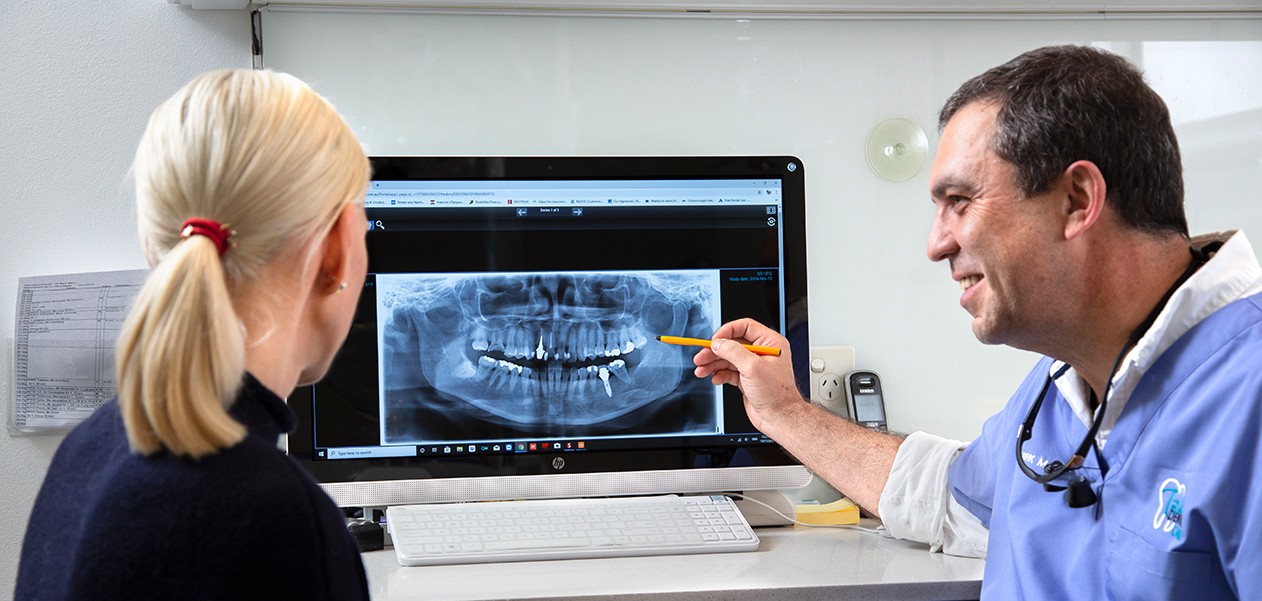
Knee injuries can be debilitating, affecting mobility and quality of life. When conservative treatments like physical therapy and medication aren't enough, patients may turn to knee surgery as a solution. A skilled knee surgeon plays a crucial role in helping patients navigate the journey from injury to recovery. Let's take a closer look at the work of these talented professionals and the steps involved in the surgical process.
The Role of a Skilled Knee Surgeon
Qualifications and Expertise
- A skilled knee surgeon (also known as ‘chirurgien du genou qualifié’ in the French Language) is a medical doctor who specializes in treating conditions that affect the knee joint.
- They undergo extensive training and education to become experts in knee anatomy, injuries, and surgical techniques.
- Board certification and continued education are essential for staying current with the latest advancements in knee surgery.
Diagnostic Skills
- A skilled knee surgeon is proficient in diagnosing a wide range of knee injuries and conditions.
- They may use imaging tests like X-rays, MRIs, and CT scans to assess the extent of the injury and determine the best course of treatment.
- Clinical examination and patient history are also important components of the diagnostic process.
The Surgical Process
Evaluation and Planning
- Before recommending surgery, the knee surgeon will evaluate the patient's condition and medical history.
- A comprehensive treatment plan will be developed based on the specific needs and goals of the patient.
- Pre-operative tests and evaluations may be conducted to ensure the patient is a good candidate for surgery.
Surgical Techniques
- Knee surgeons are proficient in a variety of surgical techniques, including arthroscopy, ligament reconstruction, and joint replacement.
- Minimally invasive approaches are often favored, as they result in less pain, scarring, and recovery time for the patient.
- The surgeon will carefully plan and execute the procedure to achieve the best possible outcome for the patient.
Post-Operative Care
- After surgery, the knee surgeon plays a key role in monitoring the patient's recovery and ensuring proper healing.
- Physical therapy and rehabilitation are essential components of the recovery process, and the surgeon may work closely with a team of healthcare professionals to coordinate care.
- Follow-up appointments will be scheduled to track the patient's progress and address any concerns or complications that may arise.
Benefits of Working with a Skilled Knee Surgeon
Expertise and Experience
- A skilled knee surgeon brings years of training and experience to the operating room, ensuring the best possible outcome for the patient.
- They have a deep understanding of the complexities of knee anatomy and the latest advancements in surgical techniques.
- Patients can trust in the expertise of a skilled knee surgeon to provide personalized care and guidance throughout the treatment process.
Comprehensive Care
- From diagnosis to post-operative care, a skilled knee surgeon offers comprehensive care to address all aspects of the patient's condition.
- They work closely with other healthcare professionals to create a customized treatment plan that meets the unique needs of each patient.
- Patients can expect thorough evaluations, clear communication, and compassionate care from a skilled knee surgeon.
Conclusion
A skilled knee surgeon plays a vital role in helping patients navigate the journey from injury to recovery. With their expertise, experience, and dedication to providing personalized care, these professionals help patients regain mobility and improve their quality of life. By understanding the work of a skilled knee surgeon, patients can feel confident in their choice of treatment and trust in the process of healing.







